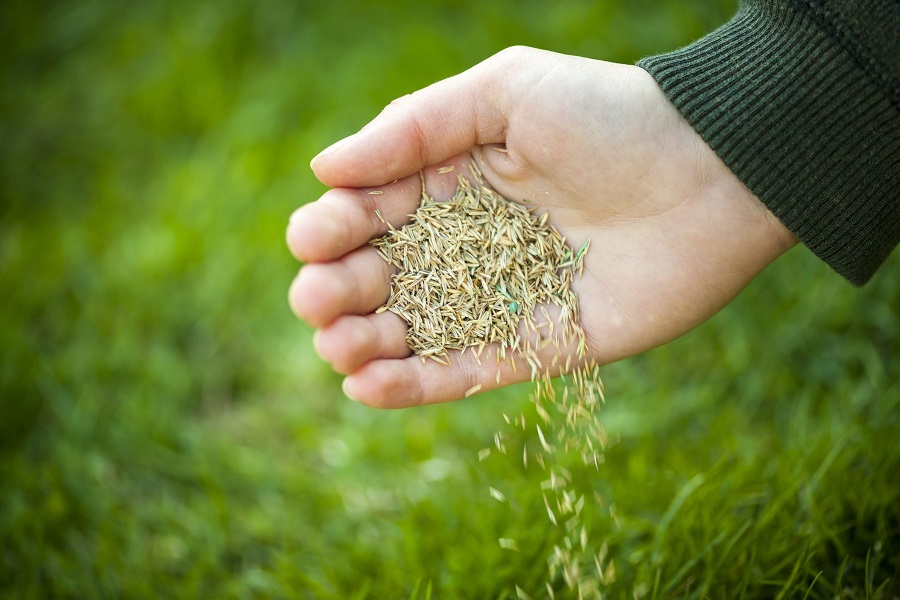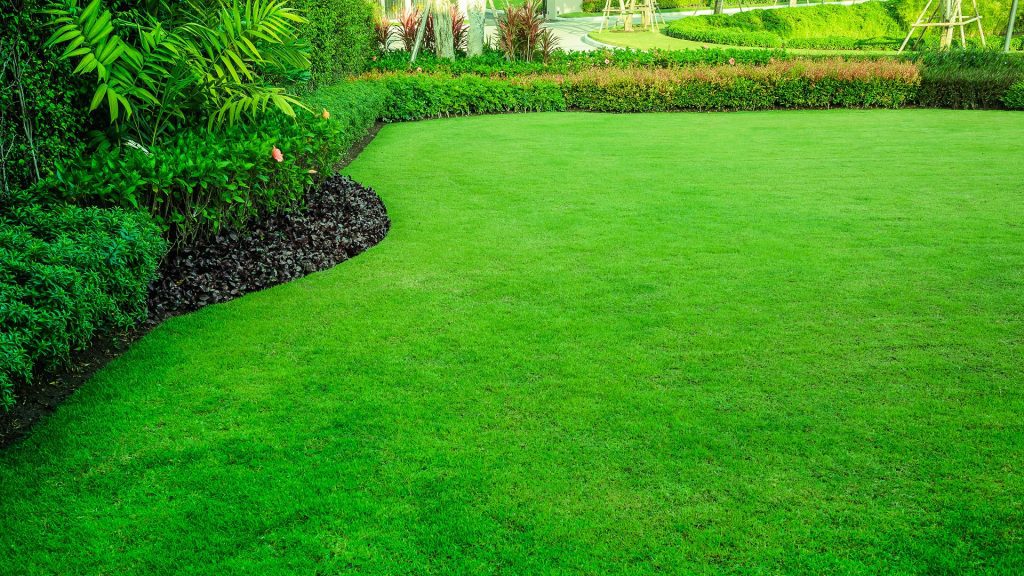
Best Time To Reseed Lawn
Watering and weeding are great lawn care routines. Unfortunately, they are not enough to rid your lawn of dead or bare patches.
And if you live in an extremely hot region, it can be extra difficult to keep your lawn looking lush and green all year round.
Thankfully, your lawn can fill in and become fuller with just one technique: reseeding.
What is reseeding? When is the best time to reseed lawn? And how does it improve your lawn’s overall health?
These are the questions we’ll address in this quick guide. Let’s get started.
What is Reseeding?

If you’re like most first-time lawn owners, it is normal to feel a bit confused with all the terminologies like aerating, overseeding, and reseeding.
Many people even use reseeding and overseeding interchangeably. And while they are both very similar lawn care techniques, they are two distinct applications for different needs.
So, what exactly is reseeding?
Reseeding is the process of scattering grass seeds on an existing lawn to fill any bare spots. Think of reseeding as a reset button you can use to remedy dead spots on your lawn.
In contrast, overseeding is spreading grass seed over your lawn to thicken it.
In other words, overseeding prevents grass thinning problems while reseeding directly tackles dead or barren areas of your lawn.
Now that we have that out of the way, let’s see some of the benefits of reseeding your lawn.
Why Do You Need to Reseed Your Lawn?
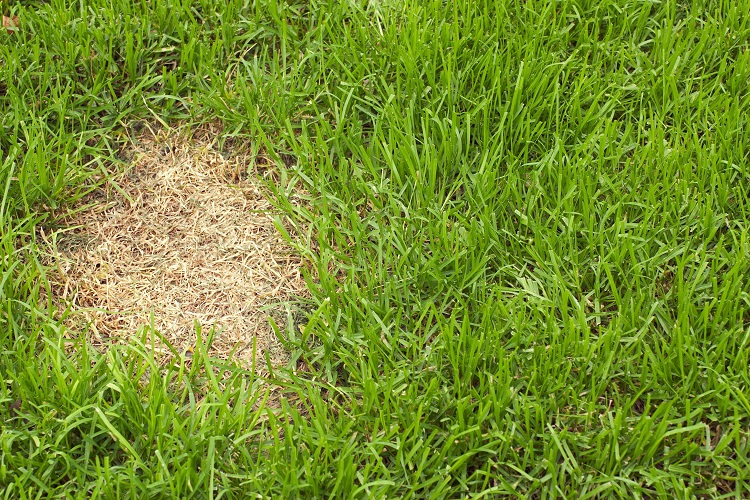
As you may have figured out from what’s been said so far, the most obvious reason for reseeding lawns is to address dead spots.
No one likes bare or barren areas on your turf. It defaces a rather beautiful lawn.
Instead of going through the hassles of overseeding the entire lawn, you can target specific problem areas of your turf and reseed them.
Your lawn is prone to bare patches if you have children who play a lot on your turf. That’s because areas on your lawn that receive heavy foot traffic are more likely to develop dead spots.
But that’s not all, if you have pets, their urine can damage areas on your turf.
Thankfully, reseeding can help you repair all the bare or dead spots on your lawn. It is less labor-intensive and a lot cheaper than uprooting or killing the entire grass and laying down new sod.
Apart from this apparent benefit, here are other advantages you can get from reseeding your lawn:
- Reduces lawn maintenance needs: As grasses grow older, it is natural to see them becoming weaker and susceptible to pests and diseases. This means you have to increase watering, fertilizing, and other routine care. Reseeding effectively combats this problem by allowing new grasses to sprout, grow, and replace older grasses as well as fill up any gaps created.
- Crowd out weeds: With new grasses growing alongside older grasses on your turf, weeds are naturally choked out. That means you’ll likely spend less money on buying weed killers and save you the time and effort of applying the treatment.
- Increased tolerance: Similar to oveseeding, reseeding your lawn will improve its overall drought and heat tolerance. This helps your turf to maintain its beautiful appearance even in the harshest weather conditions.
- Fuller and healthy turf: Lastly, when you reseed specific areas of your lawn, you get the same benefit as someone who overseeds their entire lawn. With no bare patches, your sod will look gorgeous, healthier, fuller, and more alive.
What is the Best Time to Reseed Your Lawn?
When it comes to the best time to reseed your lawn, there are a couple of factors you need to consider. These include where you live and the type of grass on your lawn.
Best Time to Reseed Lawn for Cool-Season Grass
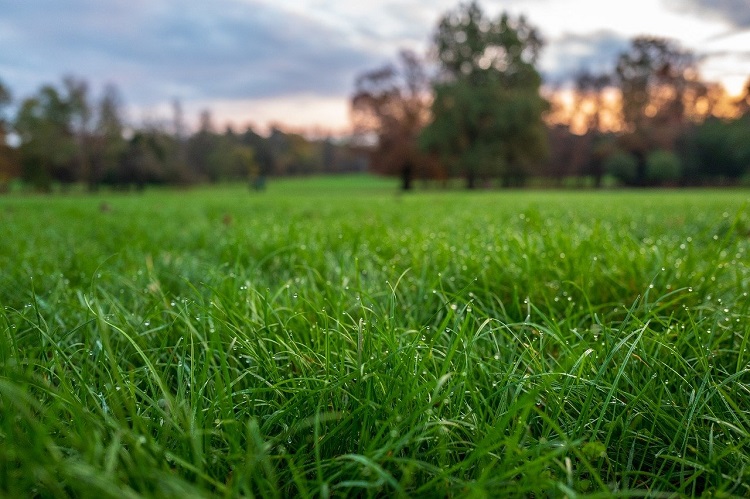
Generally, early fall is the best time to reseed your lawn if you live in cooler regions with cool-season grass on your turf.
During this period, the soil temperature is still warm enough to support healthier seed germination. Also, the cooler air temperature is suitable for growing grass.
Also, introducing new seeds into your existing lawn during this time of the year gives the sprouting grasses plenty of room to grow.
That’s because there are fewer weeds to compete with the grass in early fall.
Best Time to Reseed Lawn for Warm-Season Grass
Late spring is the best time to reseed your lawn if you live in hot or warmer climates and have warm-season grass.
At this time of the year, the temperatures usually range between 70 and 80oF, making it the most suitable time to introduce warm-season grass into your existing lawn to cover bare patches.
Warm-season grasses are about to enter their active growth phase during late spring, so it is best to seize that window and reseed as quickly as possible.
Besides, the temperature doesn’t remain that way for too long!
Tips for Successful Reseeding
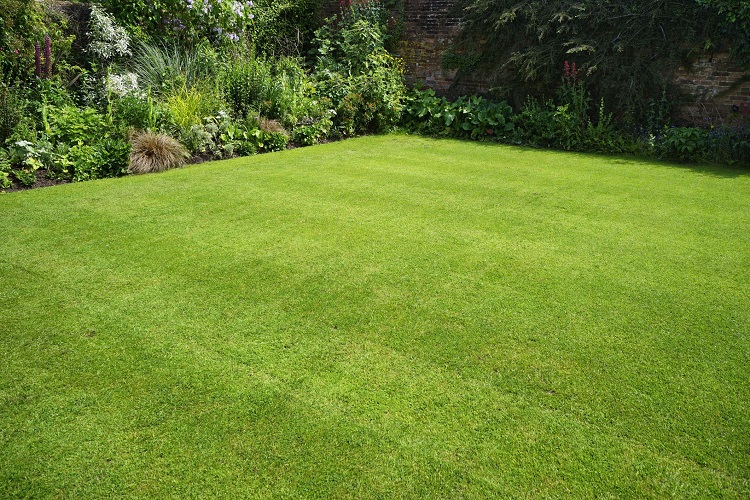
Keep in mind that reseeding isn’t a silver bullet for all your lawn problems.
You still have to follow proper lawn management and care practices to get the most out of your reseeding efforts.
When you reseed, follow these tips to get the best results:
- Start by mowing low to about 1 or 2 inches. This will help the seeds to easily reach the soil and increase the chances of successful germination.
- Remember to remove sticks, rocks, debris, and as many weeds as you can from the affected areas before spreading grass seeds.
- Loosen the soil if it is compacted or hard. This is particularly necessary if the bare patch is caused by foot or vehicular traffic, or if the area hasn’t been aerated for a long time.
- Distribute the seeds evenly, making sure they are in contact with the soil.
- When you finish spreading the seeds, go ahead and work them into the soil using a rake. Make sure the seeds are about 1/4-inch depth into the soil.
- Apply a seed-starting fertilizer to help the grass develop a robust root system.
- Remember to water your lawn with the correct quantity of water. If possible, consider irrigating the highly stressed areas.
Keep in mind that reseeding doesn’t work in all cases.
For example, reseeding won’t correct your lawn problems if the soil lacks proper nutrients, the soil is compacted, or there is improper drainage.
Also, if more than 40% of your lawn is covered with dead spots, reseeding might not be the best approach. Instead, consider overseeding.
For more useful tips, check out our guide on the Best Time To Aerate And Overseed Lawn.
How Does Reseeding Improve Lawn Health?
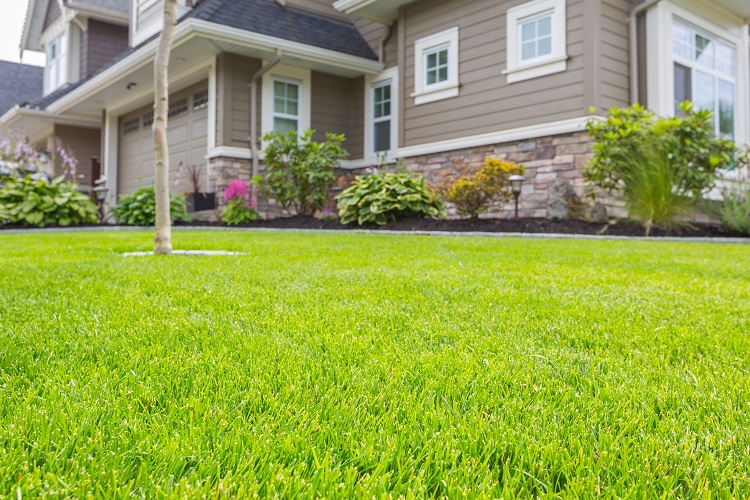
Reseeding may be cheaper and less labor-intensive than laying down new sod, but it certainly isn’t what you’ll call an inexpensive process.
This is why many people seem to shy away from it.
But when you consider how reseeding improves the overall health of your lawn, it is easy to see why the procedure is worth every single cent.
Reseeding can help your health lawn in the following ways:
Revitalizes Your Lawn
Generally, growth tends to slow down in lawn grass after about five to six years. Grass in areas with foot traffic will begin to lose its ability to spring back after being stepped on.
Instead, they become weak, think, and eventually die off to create worn-out spots.
Reseeding will revitalize a tired and worn-out lawn.
The introduction of new seeds in bare patches will rejuvenate your lawn’s appearance. This means you will have new grass growth that will remain active for the next five to six years on average.
Knowing this, reseeding every three to four years will keep your lawn in great shape always. The new grass will reestablish before the older ones thin out.
Prevents Weed from Taking Over Your Lawn
When you reseed at the right time, you provide support to the older before they start to thin out. This means there is less chance for weeds to invade your lawn.
Knowing the best time to reseed your lawn will prevent tired grasses from dying off and creating bare patches. This makes for a more attractive lawn and also reduces the need to apply weed killers.
Final Thoughts
Dead spots and bare patches are normal and can occur in just about any lawn you can think of. It is natural for grasses to die off after a certain period, but you can use reseeding to effectively address the problem.
The trick is in knowing the right time to use the technique so your effort won’t be wasted.
Thankfully, you’ve read our guide on the best time to reseed lawn based on your region and the type of grass you have.
You can now combine this knowledge with other maintenance routines to get a healthy, fuller, and greener lawn.
Resources:
